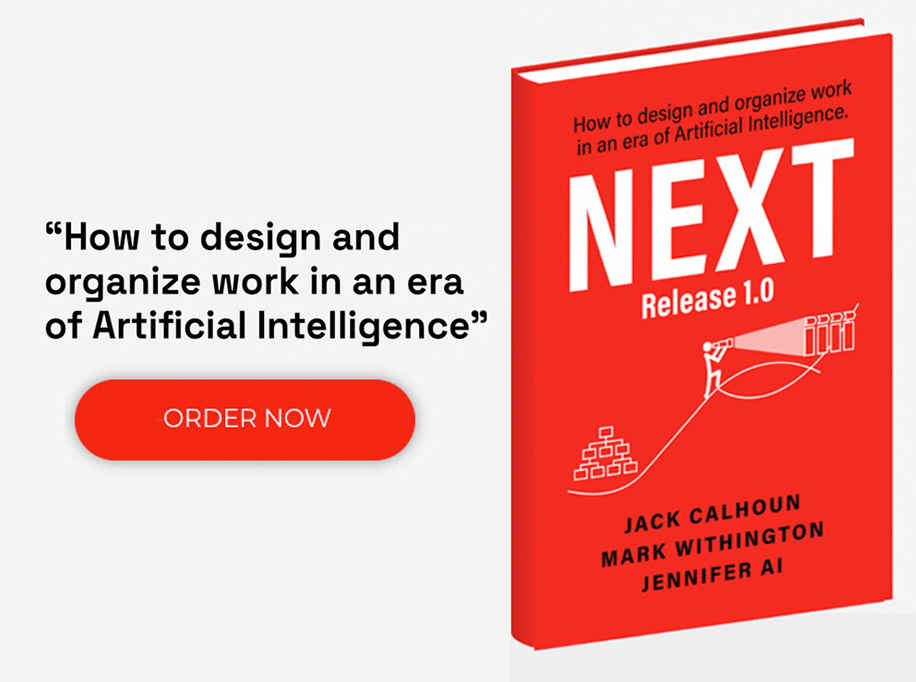In today’s world of digital transformations reshaping organizations from the inside out, the business architect has become a key and valuable player. They help businesses build new and innovative systems by reconceptualizing the overall architecture of a business. Want to learn more about Business Architects in order to leverage their skills for your organization? Keep reading as we discuss the roles and responsibilities of a business architect and how organizations can embrace their work.
What is a Business Architect?
When referring to “Business Architect,” it’s important to remember that many different people could be currently playing the role of “Business Architect” for their organization. It’s common to see people in positions like business managers, enterprise architects, business analysts, strategists, etc., doing the work of a Business Architect. So, organizations don’t necessarily need one person working as a Business Architect but can divvy up the roles and responsibilities among more than one employee.
Here are seven things business architects commonly do as part of their work.
Clarify Strategy:
Executives and other business leaders are typically responsible for creating strategic direction and goal setting. They may engage a host of internal and external experts to help them understand the pressures, opportunities, and constraints. Still, their responsibility is typically to ensure the company is on the right path. Business architects may play a part in helping define the strategy. Still, their role is often to create a more structured view of the strategy work so that it can easily be communicated to and consumed by others within the organization.
Provide a Contextual Viewpoint:
Once an organization takes on a problem, it becomes highly focused. Successful organizations learn through experience that laser-like focus on their problems is critical to solving them, and good management strongly encourages this view. But as people start narrowing their focus on problem details, they often need to catch up on critical contextual factors that can significantly affect the outcome. These may be as clear as external competitive influences and opportunities to collaborate with others inside the organization or less obvious challenges with culture or politics and conflicts with other activities in other organizations. One of the architect’s roles is to ensure the bigger picture isn’t lost as focus increases.
Assess Capabilities and Assets:
Once organizations have defined their strategies (or potential strategies), the next question is: “Do we have what we need to realize the strategies we have defined?” Answering this requires an in-depth understanding of the current assets and capabilities at the organization’s disposal. Business architects can provide a clear picture of the capability gaps that must be closed to realize the organization’s strategy by applying tools such as value stream and capability map analysis.
Create Investment Models:
There is always a limit to discretionary funding, and most organizations identify more work than they can afford to fund. Business architects create investment models that articulate which investments best support the organization’s strategic objectives. They help business leaders understand proposed project tradeoffs, enabling faster and more productive decision-making.
Structure the Approach to Complex Problems:
Most problems have relatively straightforward solutions. That doesn’t mean they are easy, just that there is an understood process that can create a clear path to the solution. Business architects often get involved with complex or challenging problems. These types of problems require a unique approach based on the problem itself. They require a different kind of thinking – not a different methodology. Savvy business architects can help their organizations think about these types of problems differently.
Identify Opportunities:
Much of the modeling business architects do is focused on identifying existing problems and opportunities for improvement. These frequently take the form of cost savings, process improvements, or technology consolidation. Savvy business architects also look for business opportunities, such as leveraging capabilities in new ways and strategic outsourcing.
Measure Strategic Effectiveness:
One of the biggest challenges for many organizations is understanding how effective their strategies are in meeting goals. Organizations tend to measure what they have (or understand) rather than what really matters. Even if all the projects designed to implement a strategy are successfully implemented, the two most important questions remain: “Did we effectively implement the strategy?” and “Did the strategy produce the expected results?” Though few business architects are at this stage of maturity, this is a goal all should strive for.
Leverage Business Architecture with Accelare
If you’re looking to take advantage of the roles and skills of a Business Architect to support your organization’s digital transformation, look no further than the experts here at Accelare. Based on our years of experience, we can confidently guide your organization through the roles and responsibilities of a Business Architect and help you determine if this is a role for one person or if they could be distributed among multiple people. Effectively examining and designing your organization’s architecture is vital to a successful digital transformation. Set your organization up for success with consulting from Accelare.











